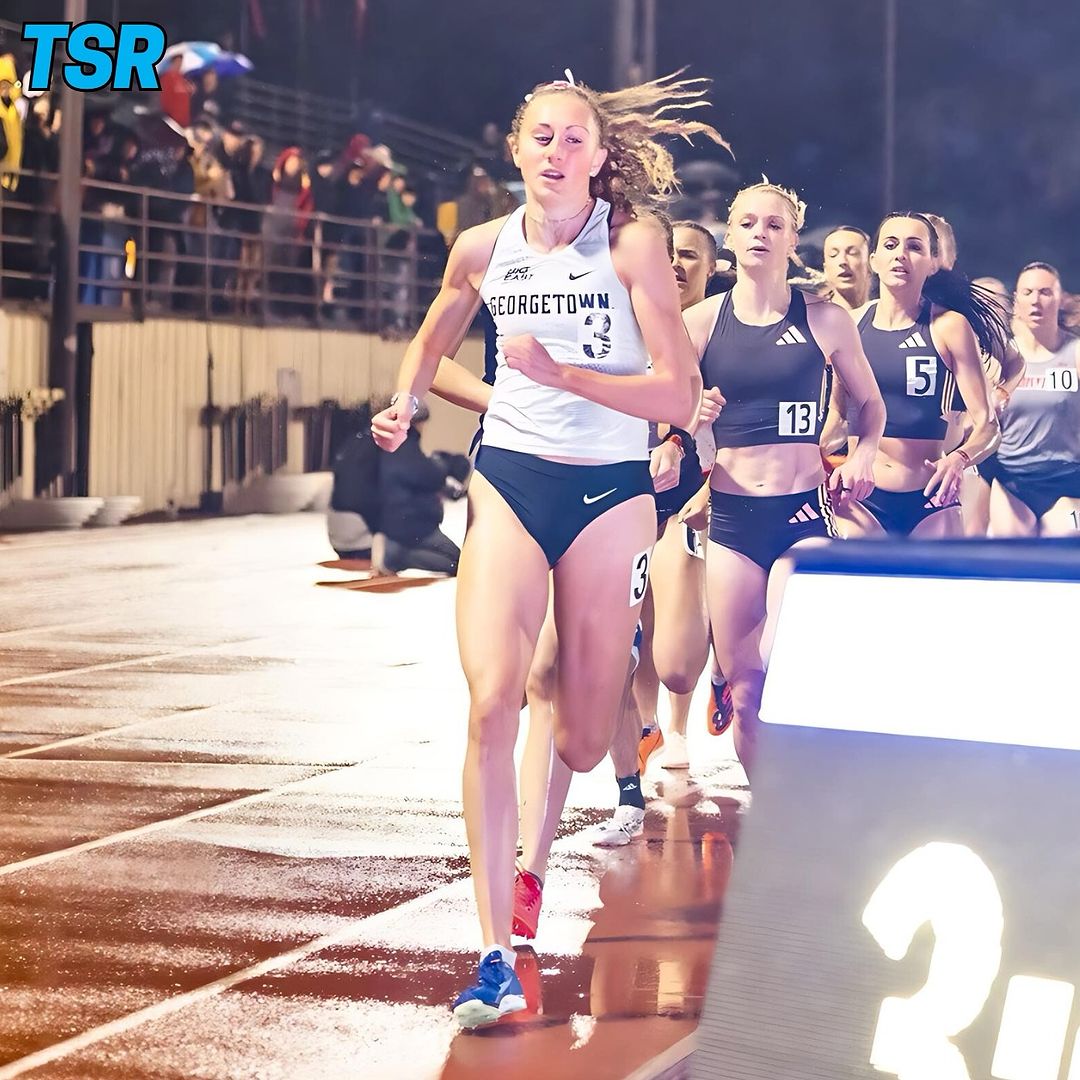“Can we get it done here?”
Georgetown athletic director Bernard Muir stares across his McDonough Arena desk at the interviewee.
It’s February of 2006, and following the retirement of 22-year boss Keith Tabatznik, the university’s men’s soccer head coaching position is open. Muir’s question is equally so.
And Notre Dame assistant coach Brian Wiese doesn’t hesitate with his response.
“I don’t see why not,” Wiese tells Muir simply.
The job is his.
Georgetown did not at the time of his hiring — and likely will not any time soon — have the facilities of an Alabama or the endowment of fellow Catholic university Notre Dame, but Wiese knew right away that the Hilltop had its own draw to it that could breed success.
“If you look at Georgetown, there are some things here that make this place special and appealing,” he said in April, some four months after the completion of his sixth season. “And if you look at it and say, ‘Well, this is what we have. This is who we are,’ I don’t see why not.”
Given the state of the program at the time, for the most part mired in Big East mediocrity, Wiese’s bravado that day in Muir’s office might have seemed foolish.
But after a 2012 national runner-up finish in just the program’s fourth-ever NCAA tournament appearance, it now appears almost shockingly prophetic.
GROWING PAINS
As Washington Post Soccer Insider Steven Goff explained, his job is essentially to cover DMV soccer for the Post wherever there’s a compelling story to be told. But up until 2010, there hadn’t been one on the Hilltop.
“I’d kept an eye on [Georgetown] over the years, but they’d never been good enough to follow regularly,” Goff said. “I don’t follow a lot of college soccer as it is, so a local team has to go a long way or go high up in the national rankings to attract media attention.”
That dynamic wasn’t at all lost on Wiese.
“In D.C., like in any major city, if you’re not good, they have other things to talk about,” he said.
Indeed, for years, the limited amount of college soccer talk that went on in the District was exclusively about those “other things,” namely Maryland, Virginia and even Virginia Tech during its 2007 College Cup run. Georgetown, meanwhile, remained off the media grid.
A large factor in the Hoyas’ struggles prior to 2010 was the program’s historic dearth of scholarships. Tabatznik — who was in charge before Wiese from 1984 to 2005 — had none at all to give out for the first 10 years of his tenure, and by the time he resigned, he had only two.
Unsurprisingly, that incredibly small number restricted a lot of what Tabatznik was able to do.
“It was a different set-up in a way, that it was maybe harder for him to get some of those kids that were at that level,” Wiese said.
In spite of the men’s soccer team’s serious financial constraints, though, Georgetown was certainly not without its moments in the Tabatznik era.
In 1994, the American University graduate guided his local rival to its first-ever Big East regular season title as well as its first NCAA tournament berth. Three years later, Tabatznik made sure that the Hoyas weren’t one and done in their second trip to the tourney, as a 2-1 win over Virginia Commonwealth secured the program’s inaugural NCAA tournament victory.
Another, however, wouldn’t come for over a decade.
Enter Wiese.
‘WE JUST WERE MISSING SOMETHING’
Given the state of the program when he took over in 2006, the fit couldn’t have been more perfect on paper, and not just because of the new hire’s background in the Beautiful Game; the former Dartmouth captain and goalkeeper earned an undergraduate degree in mechanical engineering and later, in the midst of his coaching duties at the university, got his master’s from Stanford in 1998.
And while he rose to the challenge right away, the task that lay ahead of Wiese was one more of genetic, rather than mechanical, engineering.
After all, Georgetown still only had a couple of full-ride spots to offer when Wiese took the reins. That wasn’t enough to stop him from dreaming big, as Wiese had his heart set on mimicking the immediate turnaround at Notre Dame that was pulled off by Bobby Clarke, his old boss in both South Bend and Palo Alto.
It didn’t happen.
The Hoyas finished just 3-8 in conference play and 6-11 overall in Wiese’s first year. Having failed to qualify for the Big East tournament, the team’s highlight was a telling one: an overtime win over lowly 1-15 Marquette in its season finale at North Kehoe Field.
Standout forward Ricky Schramm (MSB ’07) would be drafted in the third round by local Major League Soccer club D.C. United after the season, but the predominant mentality of the team that remained was hardly professional.
The blueprint going forward, in Wiese’s eyes, was clear: Bring in student-athletes with higher aspirations and good technical ability and let them go. The cultural shift that he sought to undertake was a difficult one, of course, as it first and foremost had to come from the new freshmen that were brought in each year.
“We weren’t bad, it wasn’t a bad side — we just were missing something to win some of these games,” he said. “If you have 25 players and 20 of them are trained to think a certain way and five are just coming into that environment, it’s very hard [to change things].”
And although it would take a full four-year cycle for Wiese’s vision to be truly realized, ripples of change started to appear in his third season for the Blue and Gray.
In 2008, the team finished 12-5-3 (Wiese’s best record by a full five games), and, while they once again didn’t qualify for the NCAA tournament, the Hoyas did win a game in the conference tourney for the first time under their new coach.
Junior forward Steve Neumann, a Hermann Trophy semifinalist in 2012, was in high school in 2008 and right in the middle of his recruiting process. Georgetown’s improvement that year didn’t go unnoticed.
“I looked at it as a little bit of a program on the rise,” Neumann said. “Wiese was fairly new as a head coach and was taking the right kinds of steps to boost the program in the right direction.”
Then, in 2009 — the season before Neumann arrived at Georgetown — the table would finally be set: Out went another Tabatznik class, and in came a quartet that would change the course of the program’s history.
Barely recruited winger Andy Riemer, from right down the road in McLean, Va. Iowan central midfielder Ian Christianson. Center back and Florida native Tommy Muller. Attacking left back Jimmy Nealis of Long Island.
All four would go on to be drafted by MLS this past winter, and all four were shooting for that goal from Day 1.
“They saw the sort of building blocks, but they still had this internal [mentality] of, ‘Well, we’re going to be pros.’ There was no questioning, and they reinforced each other that way,” Wiese said. “They were this little pod that kind of, amongst all the distractions and potential diversions, they [thought], ‘Everything we do is about winning and about being better soccer players.’”
The group’s first season didn’t live up to its lofty expectations, as Georgetown bowed out of the Big East tournament to DePaul on penalty kicks at North Kehoe.
The pros-to-be found themselves wanting more.
This is Part I of a two-part series on the rise of the Georgetown men’s soccer program. Part II will debut next Friday.









